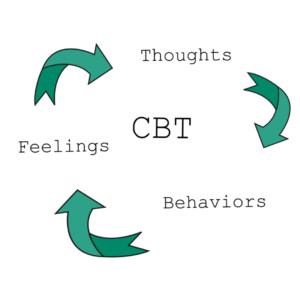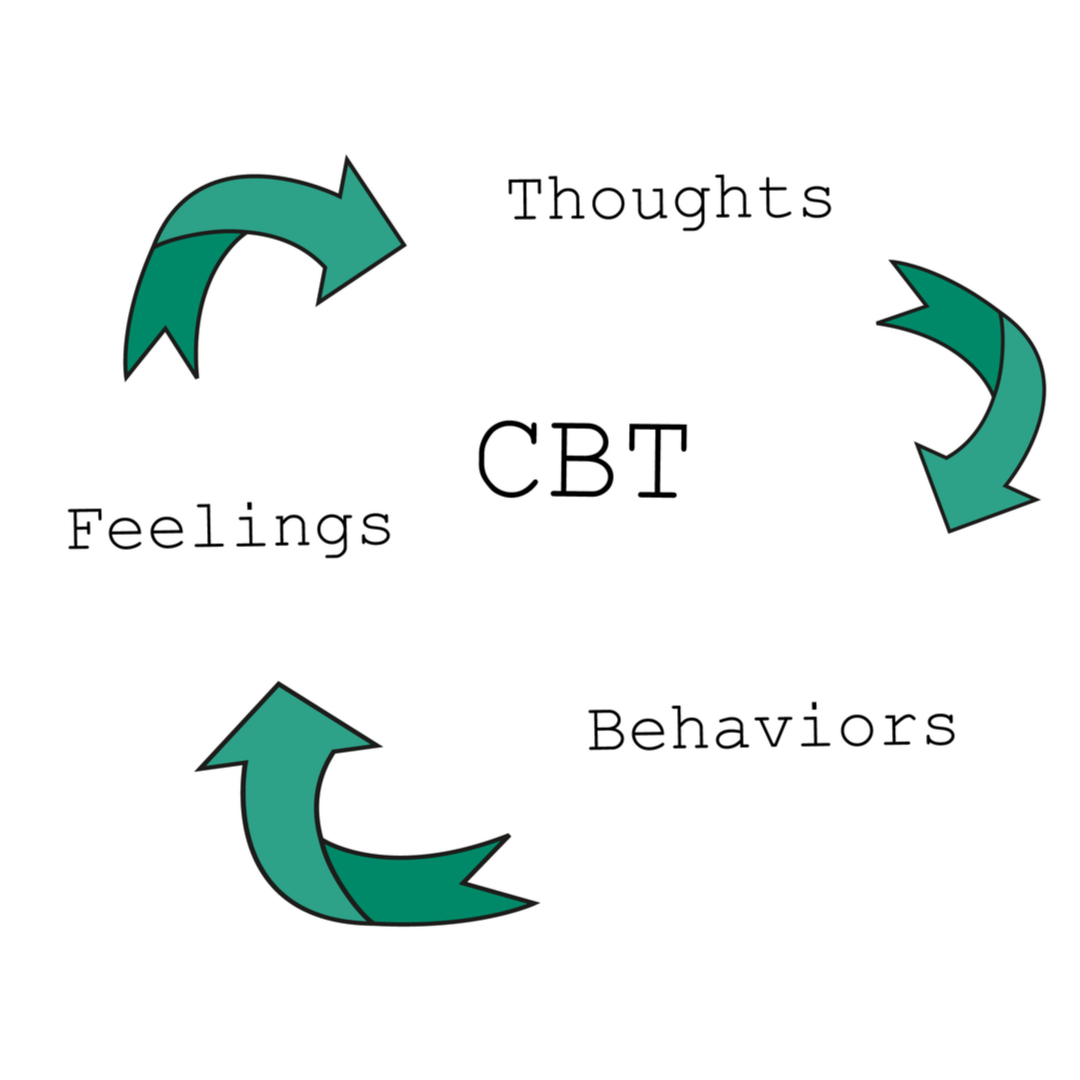What is CBT?
CBT is an evidence-based approach to therapy that was developed by Dr. Aaron Beck in the 1960’s. It has proven to be quite effective in treating a variety of presenting issues such as anxiety disorders, depressive disorders, low self-esteem, trauma, Obsessive Compulsive Disorder, addictions, Attention Deficit Hyperactivity Disorder, relationship problems, procrastination, and more. In fact, some studies reveal that CBT is as effective or more effective than other forms of treatment including the use of medication.
The main premise of Cognitive Behavior Therapy is that a person’s challenges are due in large part to distorted beliefs. These irrational thoughts directly influence the person’s feelings and behaviors which lead to a number of mental health issues. CBT is considered a shorter-term, solution-focused type of treatment.

How Does CBT Work?
While many forms of therapy tend to emphasize a client’s past to address where a problem first started, CBT focuses on the here and now. There will typically be some gathering of history to more fully understand the client, but sessions will primarily focus on current challenges and how the client’s thoughts or beliefs are contributing.
At the beginning of therapy, the therapist will learn what prompted the client to initiate therapy and together they will set treatment goals. Next, the therapist will provide information about the different ways people distort their thoughts (ex. Catastrophizing, All-or-Nothing Thinking, etc.) , how doing this leads to problems (ex. feeling anxious, perfectionistic behavior, etc.), and skills to untwist these irrational beliefs (The Double Standard Method, Examine the Evidence, etc.). The foundation of CBT is based on building new skills to recognize when we are engaging in irrational beliefs and to turn these into thoughts that are more reasonable and helpful to us. In order to make progress, practicing the new skills is paramount. The therapist will typically set up ways for the client to practice these new skills in between sessions.



